Although they cover over 70% of our planet, only 0.6% of the world oceans are protected. It is estimated that we only know about 1 in 10 species in the ocean, which is unsurprising given that 90% of the ocean is more than half a mile deep and still remains largely unexplored. How might technology help us discover, understand and protect the vulnerable ecosystems below the waterline?
Marine Conservation is a fast-growing group in the WILDLABS community, capturing a wide variety of tech expertise within its member base, including those working with bioacoustic gear and hydrophones, AUVs and drones, sensors, machine learning, and more. By bringing together WILDLABS members from so many areas of conservation tech, the Marine Conservation group is the perfect place to collaborate on big, complex issues like marine biodiversity monitoring, coral reef health, plastic pollution, and sustainability.
The Marine Conservation group forum is also your place to chat about and solve the challenges unique to using conservation technology in marine environments. Whether you're struggling with deep-sea connectivity or salt water impacting gear longevity, or looking for remote solutions for long-term reef monitoring or biologging data collection, this group wants to help you explore the possibilities!
Check out some of the key marine conservation tech resources, conversations, and virtual events from across the WILDLABS platform:
Tutorials and Talks to Watch on Demand:
- Virtual Meetups: Developing cost-effective, open-source marine megafauna tracking, Jake Levenson
- Tech Tutors: How do I use open source remote sensing data to monitor fishing?, Max Schofield
- Virtual Meetups: eDNA for Aquatic Biodiversity, Alice Valentini
Case Studies, Tools, Research, and News:
- Southern Right Whales & Genome and Satellite Technology, Emma Carroll | eDNA & genomics, satellite data, biodiversity monitoring, climate change
- Building Experts Into AI, Whale Seeker | Machine learning, marine conservation, AI ethics
- Using AIS Data to Investigate the World’s Fishing Ports, Max Schofield | Remote sensing, data visualisation, fishing monitoring
- Small-scale fisheries and tech resources, Dan Steadman | Fishery monitoring, webinars, best practices
- Press Release: BAS Giant Iceberg Mission, British Antarctic Survey | Climate change, AUVs, remote sensing
- Case Study: Thermal imaging, drones, and loggerhead sea turtles, Megan Ossmann | FLIR, Duo Pro R camera, drones
- eDNA sampling to detect invasive snails in shipping ballast water, Gavin Shelton | Invasive species, eDNA, shipping
- Sustainable Fishing Challenges: Fish Catch Monitoring, Dan Steadman | Biologging, sensors, fishing monitoring
Conversations and Questions:
- Satellite tags for marine turtle recommendations | Alasdair Davies
- Calling all hydrophone users! | Team Open Acoustic Devices
- How difficult is it to build a buoy and constrain it in place? | Lindy Knowles
- Methods to detect Derelict Fishing Gear | Nandini Mehrotra
- Drone Mapping for Algal Blooms? | Harold Tay
- Minimising habitat impact of trawling gear | Dan Steadman
- Estimating carbon from 3d models of mangroves | Mark Brown
- Can we detect gillnets in turbid water? | Aurélie Shapiro
- New low cost DIY temperature loggers for reef monitoring | Harold Tay
- Machine learning to detect fish bomb blasts | Jamie Macaulay
Header Image: Emma Vogel
No showcases have been added to this group yet.
- @Kelp
- | Mrs. she her
love whales
- 0 Resources
- 1 Discussions
- 2 Groups
- @annavallery
- | she/her
Seabird biologist experienced in research and applied conservation. Dedicated to conducting and using innovative research to inform conservation decisions.

- 0 Resources
- 3 Discussions
- 7 Groups
WILDLABS & Wildlife Conservation Society (WCS)
I'm the Bioacoustics Research Analyst at WILDLABS. I'm a marine biologist with particular interest in the acoustics behavior of cetaceans. I'm also a backend web developer, hoping to use technology to improve wildlife conservation efforts.





- 41 Resources
- 38 Discussions
- 33 Groups
- @RALR
- | She/Her
CatchCam Technologies
Science Communication | Languages: Portuguese (Brazil), English, Italian and Spanish



- 0 Resources
- 2 Discussions
- 6 Groups
- @carlybatist
- | she/her
ecoacoustics, biodiversity monitoring, nature tech



- 113 Resources
- 361 Discussions
- 19 Groups
- @TaliaSpeaker
- | She/her
WILDLABS & World Wide Fund for Nature/ World Wildlife Fund (WWF)
I'm the Executive Manager of WILDLABS at WWF



- 23 Resources
- 64 Discussions
- 31 Groups
- @CourtneyShuert
- | she/her
I am a behavioural ecologist and eco-physiologist interested in individual differences in marine mammals and other predators



- 0 Resources
- 12 Discussions
- 10 Groups
Ocean Science Analytics
Marine mammal ecologist and online technical trainer



- 1 Resources
- 41 Discussions
- 10 Groups
- @Frank_van_der_Most
- | He, him
RubberBootsData
Field data app developer, with an interest in funding and finance





- 57 Resources
- 188 Discussions
- 9 Groups
- @GonzaloBravo
- | Dr.
Gonzalo Bravo is a Marine Biologist (BSc, MSc, PhD) and postdoctoral researcher at CONICET (Argentina). His research focuses on benthic biodiversity in Patagonian subtidal rocky reefs, with experience in non-destructive sampling and AI-based image analysis.
- 0 Resources
- 0 Discussions
- 5 Groups
Wildlife photographer with a focus on conservation. Collaborating with conservation projects around the world.
- 0 Resources
- 0 Discussions
- 6 Groups
- @LucyD
- | She/Her
Software developer and wildlife ecologist


- 0 Resources
- 2 Discussions
- 5 Groups
Un ambicioso proyecto internacional está usando transmisores satelitales para monitorear los viajes migratorios de ballenas francas australes, permitiendo entender sus sorprendentes patrones de desplazamiento en tiempo...
7 August 2025
If you're a PhD student, post-doc, advisor, or marine expert - Plan Vivo is looking for you!
5 August 2025
Una misión pionera para conocer y proteger las profundidades del talud argentino // A pioneering mission to explore and protect the depths of the Argentine continental slope
31 July 2025
Careers
This role will investigate the potential of large-scale deep learning models, for constructing 3D models of coral reefs
28 July 2025
The Marine Innovation Lab for Leading-edge Oceanography develops hardware and software to expand the ocean observing network and for the sustainable management of natural resources. For Fall 2026, we are actively...
24 July 2025
Are you interested in building one of the world’s first reliable satellite imagery models for water quality prediction? Are you a machine learning or remote sensing engineer who loves applying hard technical skills to...
10 July 2025
While learning from our ecological restoration project managers’ experience, the Assistant Project Manager will provide essential technical and logistical support to the team. This role will focus on fieldwork, data...
10 July 2025
This is a chance to participate in a short survey about the preferences that conservation practitioners have for evidence. There's a chance to win one of three £20 Mastercard gift cards.
24 June 2025
Please help us by participating in a MSc research project on what you consider to be 'evidence' in your work in conservation.
19 June 2025
Shared from WWF: "ManglarIA is a mangrove conservation project, supported by Google.org in 2023, that is deploying advanced technology, including artificial intelligence (AI), to collect and analyze data on the health...
12 June 2025
Article
Programa de aceleración para emprendimientos que trabajan en la protección y restauración del Arrecife Mesoamericano. Incluye bootcamp, mentoría personalizada y networking para proyectos de impacto marino.
2 June 2025
Conservation International is proud to announce the launch of the Nature Tech for Biodiversity Sector Map, developed in partnership with the Nature Tech Collective!
1 April 2025
October 2025
event
March 2026
June 2025
event
March 2025
| Description | Activity | Replies | Groups | Updated |
|---|---|---|---|---|
| want to join 2025 contest for humpback whale photos in Juneo Alaska of Kelp |
|
Citizen Science, Conservation Tech Training and Education, Drones, Emerging Tech, Geospatial, Human-Wildlife Coexistence, Marine Conservation, Open Source Solutions | 1 day 13 hours ago | |
| Hi Elsa, We have used InVEST for a pollinator project we supported (the crop pollination model - details here), and looking to using it more for marine and coastal... |
|
Geospatial, Software Development, Climate Change, Funding and Finance, Marine Conservation, Open Source Solutions | 1 week ago | |
| Wow this is amazing! This is how we integrate Biology and Information Technology. |
|
Camera Traps, AI for Conservation, Build Your Own Data Logger Community, Data management and processing tools, Marine Conservation, Protected Area Management Tools, Geospatial | 2 weeks 4 days ago | |
| G-DiNC 2026: Global Drones in Nature Conservation Symposium & ExpoNairobi & Naivasha, Kenya | March 3–6,... |
|
Drones, AI for Conservation, Conservation Tech Training and Education, Emerging Tech, Marine Conservation, Sensors | 4 weeks 2 days ago | |
| Play FathomVerse: App Store | Google Play Join the Community: Discord | Instagram | TikTok | LinkedInStay up-to-date: ... |
|
Marine Conservation, AI for Conservation, Citizen Science | 4 months 2 weeks ago | |
| I create ocean exploration and marine life content on YouTube, whether it be recording nautilus on BRUVs, swimming with endangered bowmouth... |
|
Acoustics, AI for Conservation, Animal Movement, Camera Traps, Citizen Science, Drones, Emerging Tech, Marine Conservation, Sensors, Sustainable Fishing Challenges, Wildlife Crime | 1 month 2 weeks ago | |
| Hi WILDLABS Community! I have started mapping the project for the Gulf of America Dead Zone and here are some photos of the progress. In the last picture, I have... |
|
Climate Change, Marine Conservation, Wildlife Crime | 1 month 3 weeks ago | |
| Hello WILDLABS!We are very excited and grateful to be recipients of one of the WILDLABS 2025.I (Tom Knowles, @TomKnowles) am currently a... |
|
Acoustics, Marine Conservation | 1 month 4 weeks ago | |
| I would love to hear updates on this if you have a mailing list or list of intersted parties! |
|
AI for Conservation, Community Base, Drones, Latin America Community, Marine Conservation, Open Source Solutions, Software Development | 2 months ago | |
| Gina- Sounds like an interesting thesis topic! I work with bioacoustics in offshore waters and I'd be happy to have a chat and provide feedback-- feel free to message me via... |
|
Emerging Tech, Acoustics, Connectivity, Marine Conservation, Sensors | 2 months ago | |
| Hi, My name is Gina. I'm currently working on my Bachelor's Thesis and would like some feedback on my final concept. It is a ... |
|
Acoustics, Emerging Tech, Marine Conservation, Sensors, Women in Conservation Tech Programme (WiCT) | 2 months 1 week ago | |
| p.s. https://environmentjob.co.uk/jobs has internships searchable for any location, not just UK. |
|
Geospatial, Early Career, Marine Conservation | 2 months 2 weeks ago |
Updates on Mole-Rat Mystery Drone Project
10 June 2025 10:21am
12 June 2025 11:33am
Thank you Elsa :)
14 August 2025 6:07am
want to join 2025 contest for humpback whale photos in Juneo Alaska of Kelp
Anyone using InVEST?
10 July 2025 1:31pm
5 August 2025 7:27pm
If you're curious about InVEST I just created a page in "The Inventory" (see link on this page) with some resources and just wanted to hlighlight some potentially interesting models that are worth having a look at!
- Habitat Quality: this model uses habitat quality and rarity as proxies to represent the biodiversity of a landscape, estimating the extent of habitat and vegetation types across a landscape, and their state of degradation.
- Habitat Risk Assessment: this model evaluates risks posed to coastal and marine habitats in terms of exposure to human activities and the habitat-specific consequence of that exposure for delivery of ecosystem services.
Crop Pollination: this model focuses on wild pollinators providing an ecosystem service. The model estimates insect pollinator nest sites, floral resources, and flight ranges to derive an index of pollinator abundance on each cell on a landscape. If desired, the model can creates an index of the value of these pollinators to agricultural production, and attributes this value back to source cells.
7 August 2025 7:40pm
Elsa,
We have been working with InVEST for a number of years. We have found them helpful for conservation and scenario planning. Happy to share as helpful.
John
8 August 2025 2:23pm
Hi Elsa,
We have used InVEST for a pollinator project we supported (the crop pollination model - details here), and looking to using it more for marine and coastal applications so really appreciate the details you shared here!
Cheers,
Liz
Siguiendo Ballenas: rastreo satelital desde el espacio revela sus rutas migratorias // Tracking right whales from outer space reveals their migratory routes
7 August 2025 10:26pm
PV Nature is recruiting members to its Technical Advisory Committee
5 August 2025 4:03pm
Transmisión en vivo a 3.900 metros de profundidad // Live Broadcast from 3,900 Meters Deep
31 July 2025 2:26pm
PhD position AI for coral reefs
28 July 2025 3:23pm
Jupyter Notebook: Aquatic Computer Vision
25 January 2024 5:50am
27 January 2024 4:07am
This definitely seems like the community to do it. I was looking at the thread about wolf detection and it seems like people here are no strangers to image classification. A little overwhelming to be quite honest 😂
While it would be incredible to have a powerful model that was capable of auto-classifying everything right away and storing all the detected creatures & correlated sensor data straight into a database - I wonder if in remote cases where power (and therefore cpu bandwidth), data storage, and network connectivity is at a premium if it would be more valuable to just be able to highlight moments of interest for lab analysis later? OR if you do you have cellular connection, you could download just those moments of interest and not hours and hours of footage?
27 January 2024 6:11am
Am working on similar AI challenge at the moment. Hoping to translate my workflow to wolves in future if needed.
We all are little overstretched but it there is no pressing deadlines, it should be possible to explore building efficient model for object detection and looking at suitable hardware for running these model on the edge.
28 July 2025 1:20pm
Wow this is amazing! This is how we integrate Biology and Information Technology.
MS and PhD Opportunities in Ocean Engineering and Oceanography (Fall 2026)
24 July 2025 5:55am
G-DiNC 2026: Global Drones in Nature Conservation Symposium & Expo
16 July 2025 10:18am
G-DiNC 2026: Global Drones in Nature Conservation Symposium & Expo
16 July 2025 10:11am
Water Quality Remote Sensing Lead
10 July 2025 7:40pm
Assistant Project Manager - Ecological Restoration
10 July 2025 7:30pm
🌊 FathomVerse mobile game debuts new features to help gamers participate in ocean exploration
27 March 2025 1:20am
27 March 2025 1:27am
Play FathomVerse: App Store | Google Play
Join the Community: Discord | Instagram | TikTok | LinkedIn
Stay up-to-date: Subscribe to our Newsletter
Contact us: fathomverse@mbari.org
Learn more: www.fathomverse.game
I WANT TO TELL YOUR STORY
29 June 2025 10:22am
Opportunity to participate in study on what evidence you trust in conservation
24 June 2025 1:14pm
Gulf of America Dead Zone Restoration
9 June 2025 9:49pm
21 June 2025 6:22am
Hi WILDLABS Community! I have started mapping the project for the Gulf of America Dead Zone and here are some photos of the progress.
In the last picture, I have included WILDLABS entities at random and I will be mapping them to the industry collaborators we are seeking.
I hope to have any interested parties please reach out and if you'd like to contribute your technology, wisdom, or just follow along, I appreciate it! Thank you
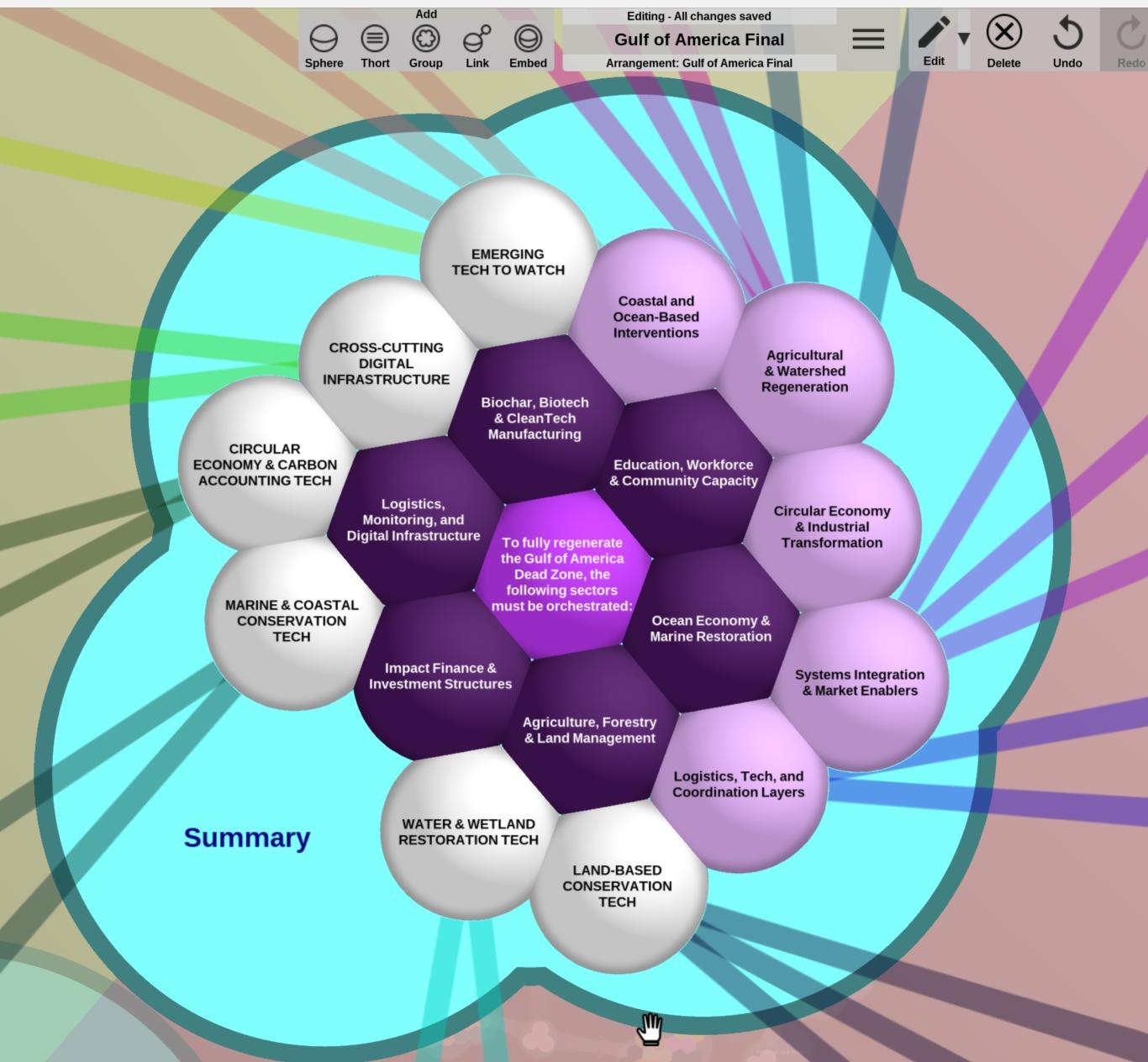
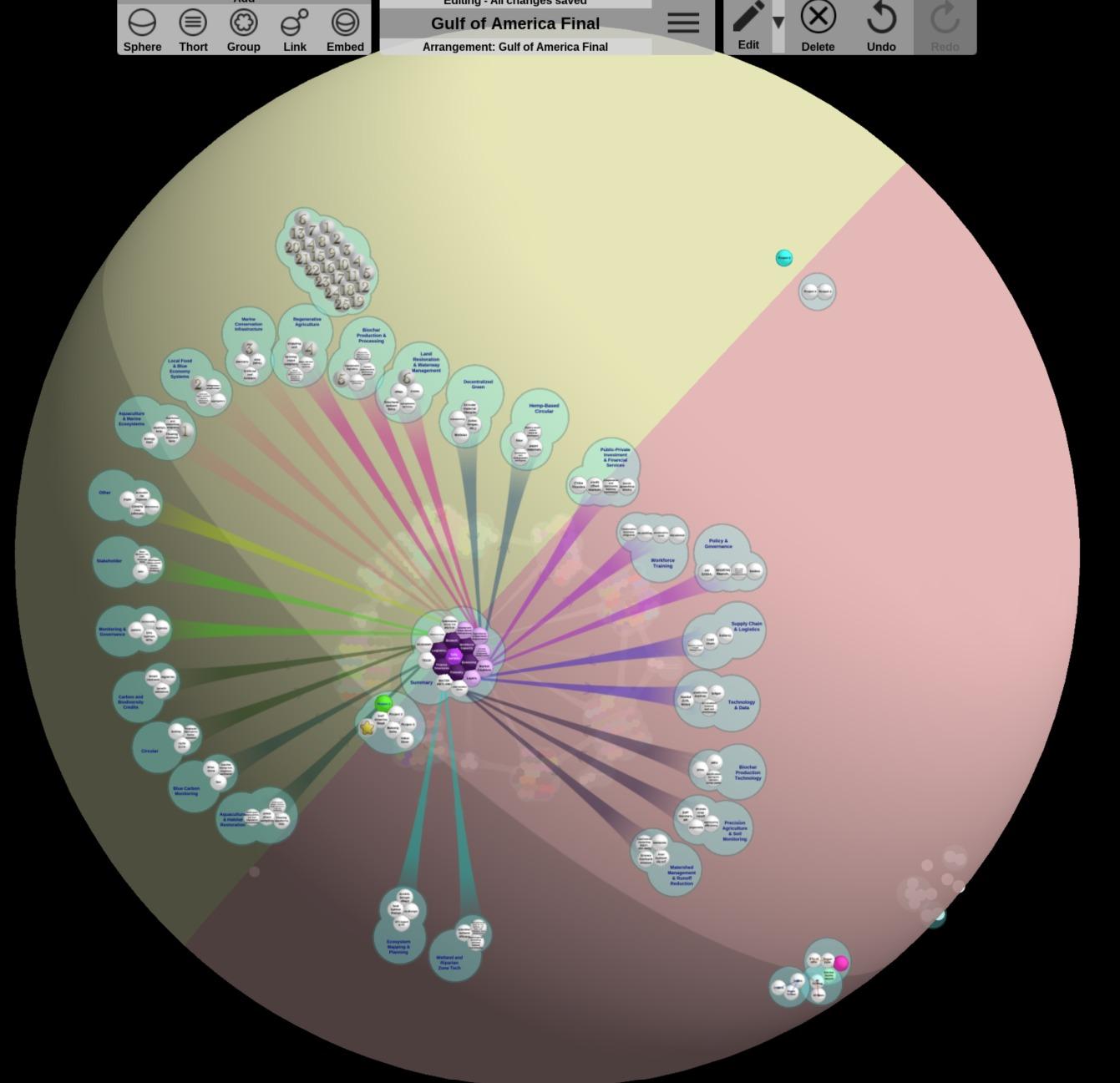
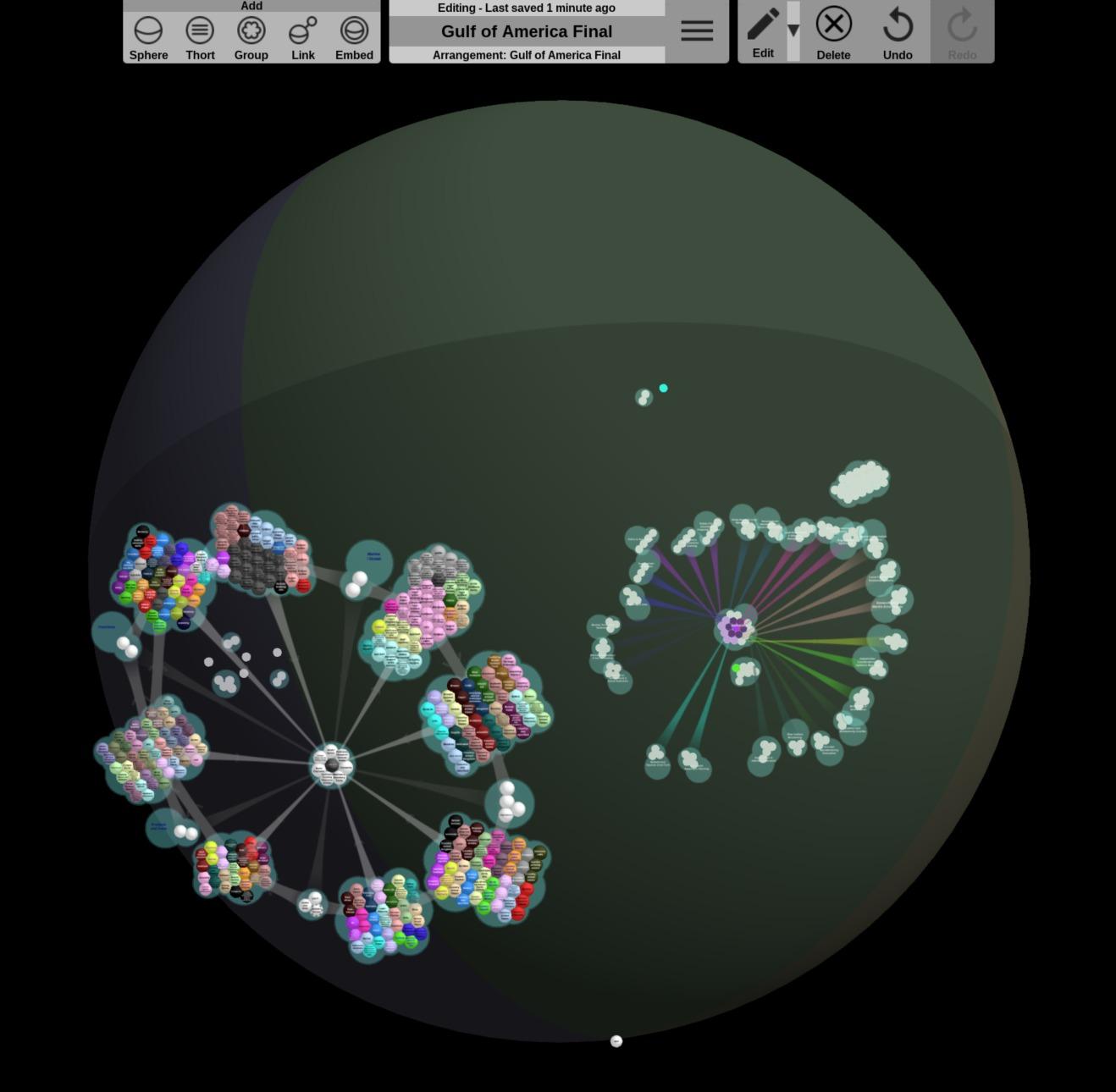
Opportunity to participate in study on what counts as evidence in conservation
19 June 2025 11:11am
WILDLABS AWARDS 2025 - Pioneering Acoustic Tags for Mysterious Hebridean Giants (Basking Sharks)
16 June 2025 1:12pm
Smart Drone to Tag Whales Project
8 June 2025 12:19pm
14 June 2025 12:19pm
I would love to hear updates on this if you have a mailing list or list of intersted parties!
How AI can protect mangroves
12 June 2025 4:16pm
Feedback needed for new Tech Concepts
3 June 2025 12:43pm
11 June 2025 10:44pm
Gina- Sounds like an interesting thesis topic! I work with bioacoustics in offshore waters and I'd be happy to have a chat and provide feedback-- feel free to message me via Wildlabs.
Feedback New Tech - tracking aquatic biodiversity in offshore windfarms
7 June 2025 2:47pm
Free webinar: The Road Towards Predicting Sturgeon Migration
6 June 2025 1:14pm
Convocatoria abierta: MAR+Invest 2025 - Aceleración para soluciones de conservación de arrecifes
2 June 2025 1:13pm
Internship advice
26 May 2025 11:11am
29 May 2025 10:47am
Hi Jody,
Thanks for posting this question. Here are a couple of recommendations and ideas:
- Pay. They should be paying you, not the other way around. I wouldn't recommend any internship that requires a fee to participate. You possess highly relevant and valuable technical skills, and organizations or businesses should compensate you accordingly, even as a student. I suggest looking elsewhere for organizations that need talented individuals to help solve problems for them.
- Sources. Jobsingis has been listing internships lately, as have several UN agencies on UN jobs. Go to https://www.jobingis.com. You could also ask folks directly here or on other listservs such as SCGIS. LinkedIn would be another place to search for or ask about potential internships.
Happy to repost anything on Linkedin for you and good luck!
Vance
29 May 2025 10:48am
p.s. https://environmentjob.co.uk/jobs has internships searchable for any location, not just UK.
WILDLABS AWARDS 2025 - Open-Access AI for Marine Mammal Acoustic Detection
27 May 2025 7:53pm
Dual-/Multi-Use Technology Strategies
1 April 2025 11:46pm
15 April 2025 6:17pm
That is a great point and the current international trade climate has been making supply chain even more difficult. This also deeply affects US companies given much of the US goods manufacturing and assembly happening in China. Over the last few years, I have been seeing US hardware companies (e.g. drone platform and component OEMs) sourcing their goods from India, Turkey, Canada, and more recently in African and South American nations. Because of the last 3-to-5 years of increasingly restrictive and costly international hardware trade, there has been a emergence of specialized component manufacturers internationally. For European companies interested in providing hardware services to the US, I would suggest diversifying the supply chain beyond China. Given the current climate and trends, that added supply chain resilience may be a good idea, regardless of work with the US.
15 April 2025 7:36pm
This is more than the supply chain though. The point was the company itself cannot use any tech for anything from the 5x companies. So in my case my ISP is incompatible. Essentially I see the only companies making that kind of sacrifice are ones that want to devote themselves to defence only.
Of course. That’s US defense as a customer. European defence is fully on the table.
It’s just sad that it’s not restricted to defence. US government wildlife organisations cannot buy European tech unless that European company was pure in their eyes.
15 April 2025 8:37pm
True, the US ecosystem is a challenging space right now, for basically all sectors.
We should not let the US chaos prevent us from engaging with opportunities in other nations' multi-use markets. A company's ability and journey to tap into other markets is very unique to them (product, team, finances, infrastructure, agility), and some simply cannot adapt. There is no one size fits all (or even most) solution when it comes to multi-use strategies. It is important that we are systematic about evaluating the cost to adapt our product-service to a different market, and the value of new opportunities in that new market, without losing track of underlying conservation and social good needs.
Enhancing automated analysis of marine soundscapes using eco-acoustic indices and machine learning
31 May 2022 6:33pm
Connecting the Dots: Integrating Animal Movement Data into Global Conservation Frameworks
 Lacey Hughey
and 3 more
Lacey Hughey
and 3 more
30 April 2025 1:38am
Nature Tech for Biodiversity Sector Map launched!
1 April 2025 1:41pm
4 April 2025 1:57pm





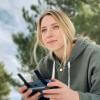













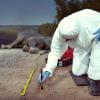








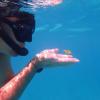












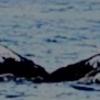












10 June 2025 6:04pm
Such a great case study!!